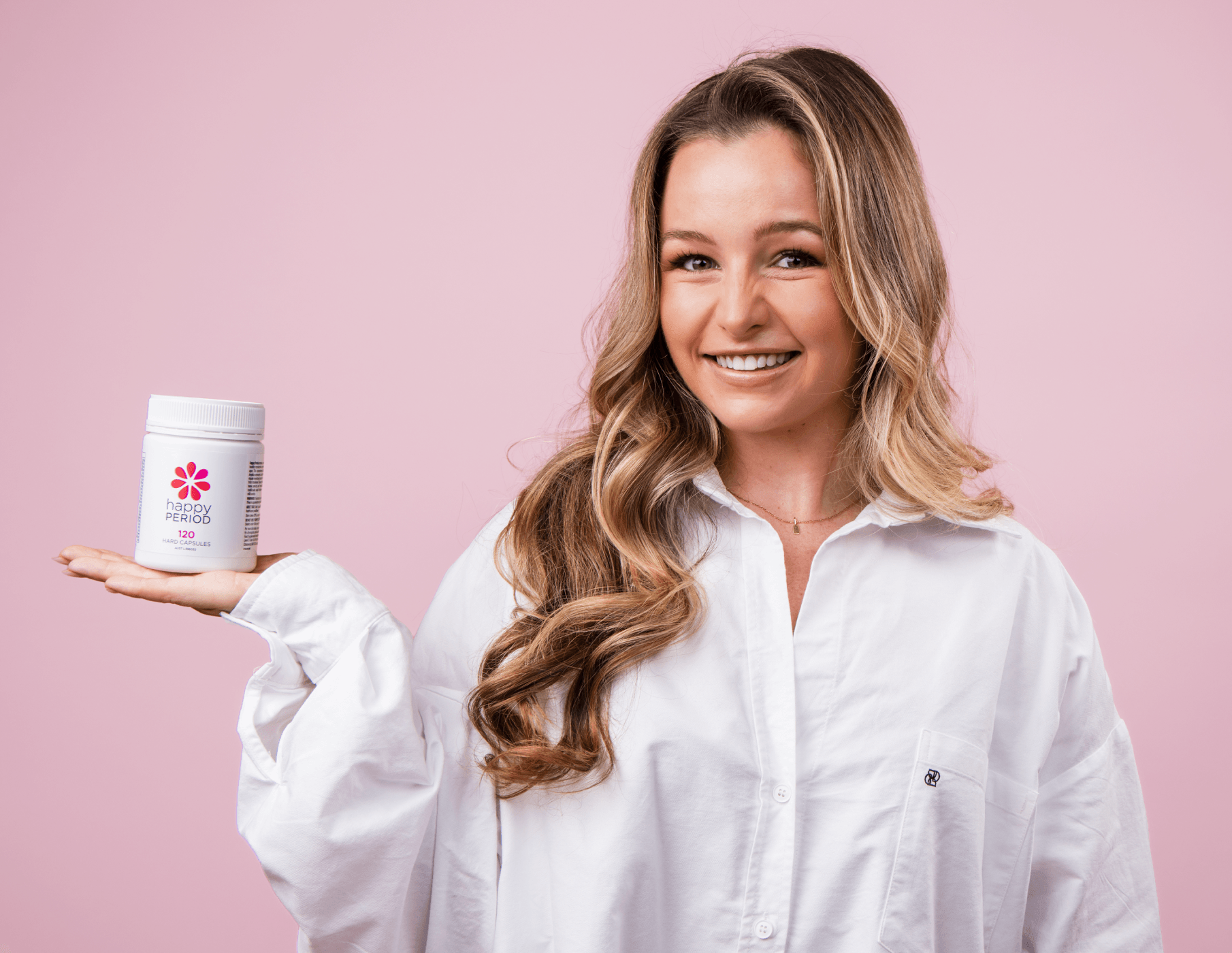Physical & Psychological Changes in Puberty
By Paige Greacen

The onset of puberty
Almost every organ system in the human body grows and develops after we are born into this world. The reproductive system, however, remains dormant for a number of years. Once a girl reaches the stage when the body is equipped to menstruate, the brain activates the reproductive system to prepare it for adult function by secreting a surge of reproductive hormones. This marks the beginning of puberty for a female child.
The journey through puberty and menstrual years
It comes with more than just a monthly bleed. Often untroubled by the transition, young girls experience physical and emotional changes throughout puberty. However, a range of menstrual problems and hormonal imbalances can also occur and it’s important to differentiate between the two.
The onset of puberty is characterized by the signs and symptoms associated with maturation of the ovary and adrenal gland. Ovarian development leads to hormonal changes, the onset of breast development (budding), and the beginning of menstruation. On the other hand, maturation of the adrenal cortex will be indicative of pubic hair growth in adolescent girls.
Beyond monthly periods
The onset of menarche (menstruation) usually occurs between the ages of 12 and 13; however, these days it’s no longer uncommon for girls as young as 8 or 9 to start menstruating. A number of factors can contribute to this early onset – more exposure to hormones pumped through the foods we eat, xenoestrogens in the plastics around us, stress from toxic exposure, EDCs, obesity, aromatase activity, poor nutrient assimilation – the list can go on and on!
These physical cues may also be accompanied by emotional changes and mood lability. It is common to feel uncomfortable and confused about these physical changes. You may also be overly sensitive about your new physical appearance. Spiritually, you fall into a limbo of no longer being classified as a child but not quite an adult yet. You will read and understand emotions, body language and scenarios in a different light and whilst you are still learning these skills, misreading these signs can often cause confusion and angst.
Where do you fit now?
As you move to your adolescent years, you may feel stuck between how you were as a child and how you wish to be as a teenager and adult. To figure out their identity, teens will generally look to peers and other adults and compare their appearance, demeanour, and actions. These comparisons which we subconsciously make may lead to self-esteem issues and inadequacies, or even poor decision-making. You’ll question things more as you learn that you’re now responsible for your decisions and actions because they may have consequences. What’s most important is to tune in to how YOU feel, and what makes you happy, and to always remember that it’s okay to make mistakes as long as you learn from them.
Everyone is on their own personal journey. Each of us is growing physically, spiritually, and emotionally at our own pace. Don’t ever think of pushing your feelings aside simply because they don’t make sense. Instead, sit with your emotions and decipher what may have triggered this change. That way, you can assess whether it benefits your growth or negatively affects you the next time a similar situation comes about.
It’s your time to bloom
Puberty is such a special and empowering time of our lives. Find out what you like and don’t like. Discover what helps you blossom and what stunts your growth. Your values and morals will be learnt, put to the test, altered, improved, and challenged. Don’t be afraid of what is to come – the world is your playground! Experiences, both good and bad, will bring you wisdom. Just live your life with intentions of kindness and contentment and you’ll surely bloom where you are planted!
We are here to support you through all stages of life. Join our free Online communities to connect with other women and our practitioners to start your healing and health education journey.
REFERENCES
Biro, F. M., Greenspan, L. C., & Galvez, M. P. (2012). Puberty in girls of the 21st century. Journal of pediatric and adolescent gynecology, 25(5), 289–294.
https://www.ncbi.nlm.nih.gov/pmc/articles/PMC3613238/
Blakemore, S. J., Burnett, S., & Dahl, R. E. (2010). The role of puberty in the developing adolescent brain. Human brain mapping, 31(6), 926–933.
https://pubmed.ncbi.nlm.nih.gov/20496383/
Ladouceur et al. (2019). Neural systems underlying reward cue processing in early adolescence: The role of puberty and pubertal hormones. Psychoneuroendocrinology, 102, 281–291.
https://pubmed.ncbi.nlm.nih.gov/30639923/
Quevedo, K. M., Benning, S. D., Gunnar, M. R., & Dahl, R. E. (2009). The onset of puberty: effects on the psychophysiology of defensive and appetitive motivation. Development and psychopathology, 21(1), 27–45.
https://www.ncbi.nlm.nih.gov/pmc/articles/PMC2929819/







Leave a comment
This site is protected by hCaptcha and the hCaptcha Privacy Policy and Terms of Service apply.